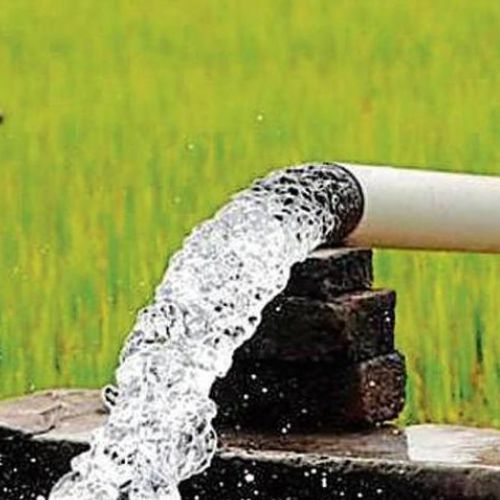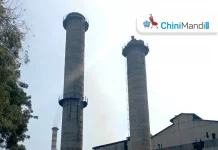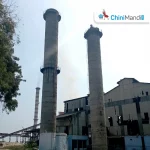Karachi [Pakistan], May 31 (ANI): The chief engineer of Guddu Barrage in Pakistan’s Sindh province has advised growers not to go for paddy sowing in May and June as the barrage as well as the province are experiencing ‘worst water shortage in 60 years’.
This comes after the decision taken by the Indus River System Authority (IRSA) on Saturday to apply 32 per cent shortages for Punjab and Sindh provinces, reported Dawn.
The engineer said that growers could go for nurseries’ preparation in July while anticipating an improvement in water flows, as three barrages in the province are facing a water shortage. TheKotri Barrage is bearing the most serious shortage i.e. 50.44 per cent.
As of Saturday, Sindh’s three barrages are bearing with 36.94 per cent water shortage which undermines cotton crop that has been sown in areas wherever water is made available for the early Kharif.
IRSA’s Sindh member Zahid Junejo says everyone hopes that the water situation improves in view of rising temperature in upper reaches that may lead to improved water flows.
“But currently, wherever cotton is grown or paddy nurseries are prepared, crops are affected due to water shortage that has been going on for a long period,” he said.
He also disagreed with the viewpoint of Punjab, which accuses Sindh of providing fudged figures.
“We check water flows at every point. Formation of a committee is now likely with consent of Sindh and Punjab. It would be entrusted with monitoring of water discharges through independent inspectors,” he added.
He also said that allowable losses have been revised at 30 per cent, which was again a loss for the Sindh province, reported Dawn.
“That’s why Sindh says transit losses between Taunsa and Guddu are exceptionally higher and explains that gradients are not steeper and the temperature remains exceptionally high there,” he added.
He also regretted that when IRSA decided on May 24 to not open the Taunsa-Panjnad link canal, it was still opened by Punjab to the great disadvantage of Sindh, where farmers have lost their early sowing of Kharif crops considerably”.
Amid the rising population and climate change, the availability of fresh water is becoming worrisome in South Asia, particularly in Pakistan, which may face absolute water scarcity by 2040.
According to a Washington-based magazine, the International Monetary Fund (IMF) has placed Pakistan at the third position in the list of countries facing acute water scarcity.
Moreover, the per capita availability of fresh water in Pakistan has fallen below the water scarcity threshold (1,000 cubic meters), which was 3,950 cubic meters in 1961 and 1600 in 1991. (ANI)












